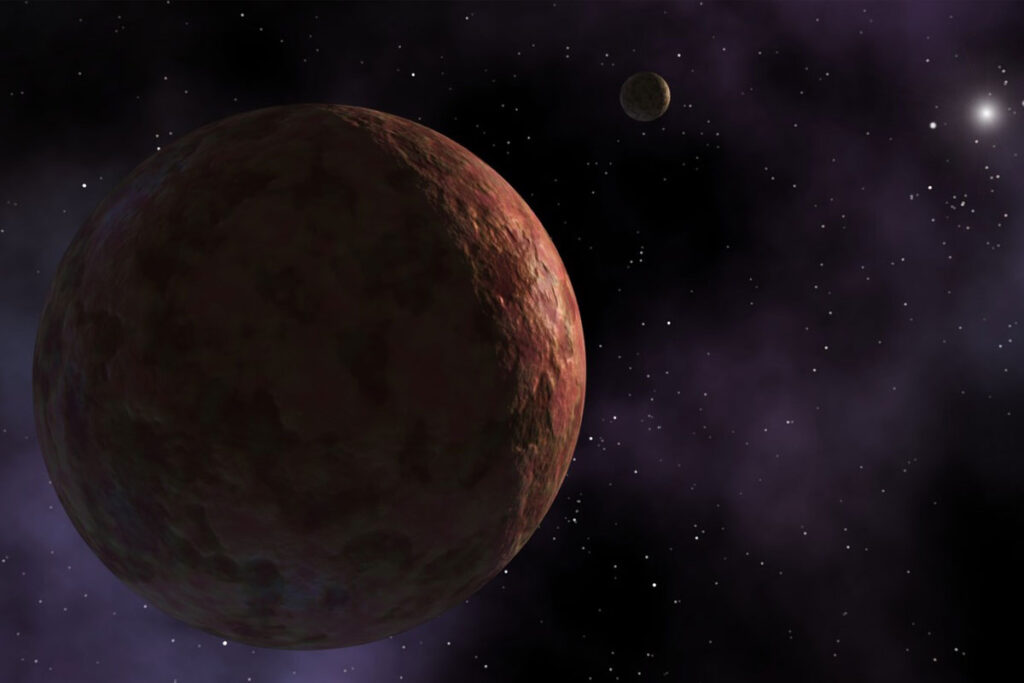Amir Siraj, the author of the research and a PhD student in astrophysics at Princeton University, used pre-developed models or a set of equations based on wandering planets for this research. Assuming that the Sun had a one-in-fifty chance of trapping a stray planet when it was young, Siraj ran 100 million simulations and estimated parameters such as orbital shape to the number of rocky stars trapped. He estimated the worst-case scenario, assuming the strictest constraints on the time of the young sun.
According to the aforementioned research, two planets with the same mass as Mars or three to five planets with the same mass as Mercury are probably located at a distance of 1400 astronomical units from the Sun (one astronomical unit is equal to the distance between the Earth and the Sun); Thus, the trapped wandering planets are likely located in the Oort cloud, a giant hypothetical bubble containing billions of mountain masses that orbits the Solar System.
The new planets are independent of Planet X, which orbits as a hypothetical planet similar to Neptune at a distance of 43 AU from Earth. Contrary to the new research, which is based on hypothesis, scientists have predicted the existence of Planet X or Planet 9 based on the observation of strange paths of objects in the Kuiper belt. The Kuiper Belt is a donut-shaped region of icy bodies that stretches from Neptune to the Oort Cloud.
Although the trapped rocky worlds are more Earth-like than Planet X, their habitability is still in the speculative stage. Water may exist in the form of ice sheets on these planets; But the sunlight reaches them a little. However, since the hypothetical planets come from other systems and are considered exoplanets, they can be a good target for future space missions.
However, finding new proposed planets is more difficult than identifying Planet X because these planets are much smaller and more distant. Siraj believes that the Vera Rubin observatory under construction in Chile, which will start operating in 2025, will be able to detect the first wandering planet at a distance of 700 AU, but this will only be possible if this planet is in the southern sky and in It has a close distance to us and also has a sufficient reflection coefficient.



